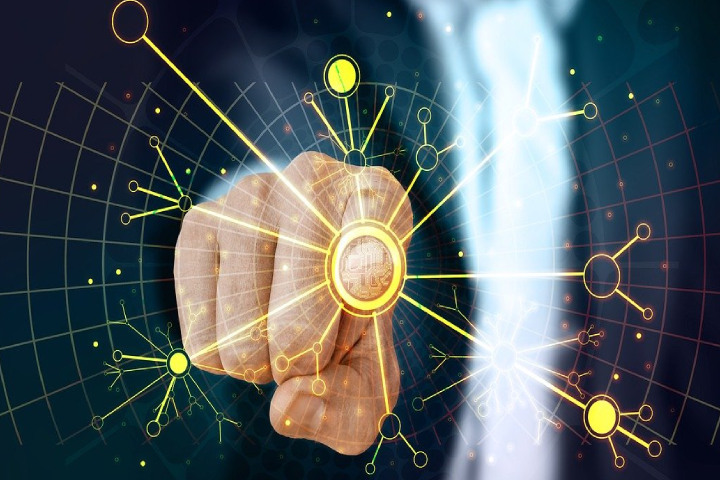At NRF Retail’s Big Show 2022, AIs were in almost every booth. This is partly due to the development of computer vision, which helps to solve routine tasks: automate cash registers, improve security, quickly replenish inventory or use terminals for instant inventory.
The most promising direction for the development of AI is the analytics of large amounts of data: user behavior, product preferences, and features of making a purchase decision directly in a store. The main limitation is in the ability of a particular retailer to collect, process, analyze and process the mass of data available to the company.
In this matter, retailers will come to the aid of companies developing cloud solutions for data analysis that allow storing and processing of huge amounts of information in real time and for any period.
Do not forget about simple chatbots and machine learning to communicate with users. A great example is Amazon Prime, where the chat with the user is automated, and the algorithms are tuned so that the user leaves the site in a good mood.
Another interesting way is to use AI for custom pricing systems. An IBM study says that 73% of retail executives plan to automate pricing using artificial intelligence over the next three years.
An example is Airbnb’s dynamic pricing system, which helps property owners determine the best price to rent their property for. It considers a large amount of information: geographic location, local events, photos, reviews, market demand, and time to the booking date.
Electronic Shelves, Automatic Cash Registers, And Self-Scan
So we got close to the main equipment of automatic stores of the future – smart shelves and electronic price tags.
Here is how the first technology works in Nike and Adidas shoe stores.The screen, located behind the shop window, shows useful client content about the product: how this pair of sneakers is sewn and what materials were used to make it. That is, it conducts a full presentation of the product’s benefits.
The scheme varies depending on the company, but automatic cash registers generally work like this. First, the client downloads the application and enters the data of his loyalty card into it. At the entrance, he scans the store code, and when he fills the basket, he watches the product codes. At the checkout, it is enough for him to read the QR code; the check will instantly appear in the application and be available for payment.
X5 Retail Group plans that this technology will increase the average check by 10% and eliminate queues. Plus, retailers expect to show personal customer offers right after purchase.
Visual Search
Visual search is a technology that helps to find a similar image. She studies the source and then selects analogs from some database, for example, a grocery catalog. This is useful when looking for a product with certain visual characteristics or an item you saw in a photo and now want the same.
A good example of its implementation in retail is the Snap service. Find—shop in the Neiman Marcus luxury department store app. The system recognizes the image uploaded by the user and selects a similar product among a million items in the network catalog. Neiman Marcus says visual search increased its quarterly revenue by 6.2%.
RFID
Retailers have been using RFID (Radio Frequency IDentification) to account for merchandise for a couple of decades now. Remember the plastic tags or the white IC stickers that the store entrance gates react to? This is part of the system, an RFID tag with historical information that interacts with an antenna – a gate that receives and transmits a signal.
Ralph Lauren figured out how to use RFID not to catch thieves but to improve the shopping experience. The company has equipped the smart fitting rooms of its New York flagship store with an RFID reader that scans information from security tags and tags when items are brought into the fitting room.
With the help of mirrors with a display, the client immediately learns about the available sizes and other colors of the item he likes and selects accessories for it. To pay, you do not have to go to the cashier – there are buttons in the fitting rooms to call the seller with a bank terminal.
Also Read: What Is UWB Technology That Everyone Is Talking About








